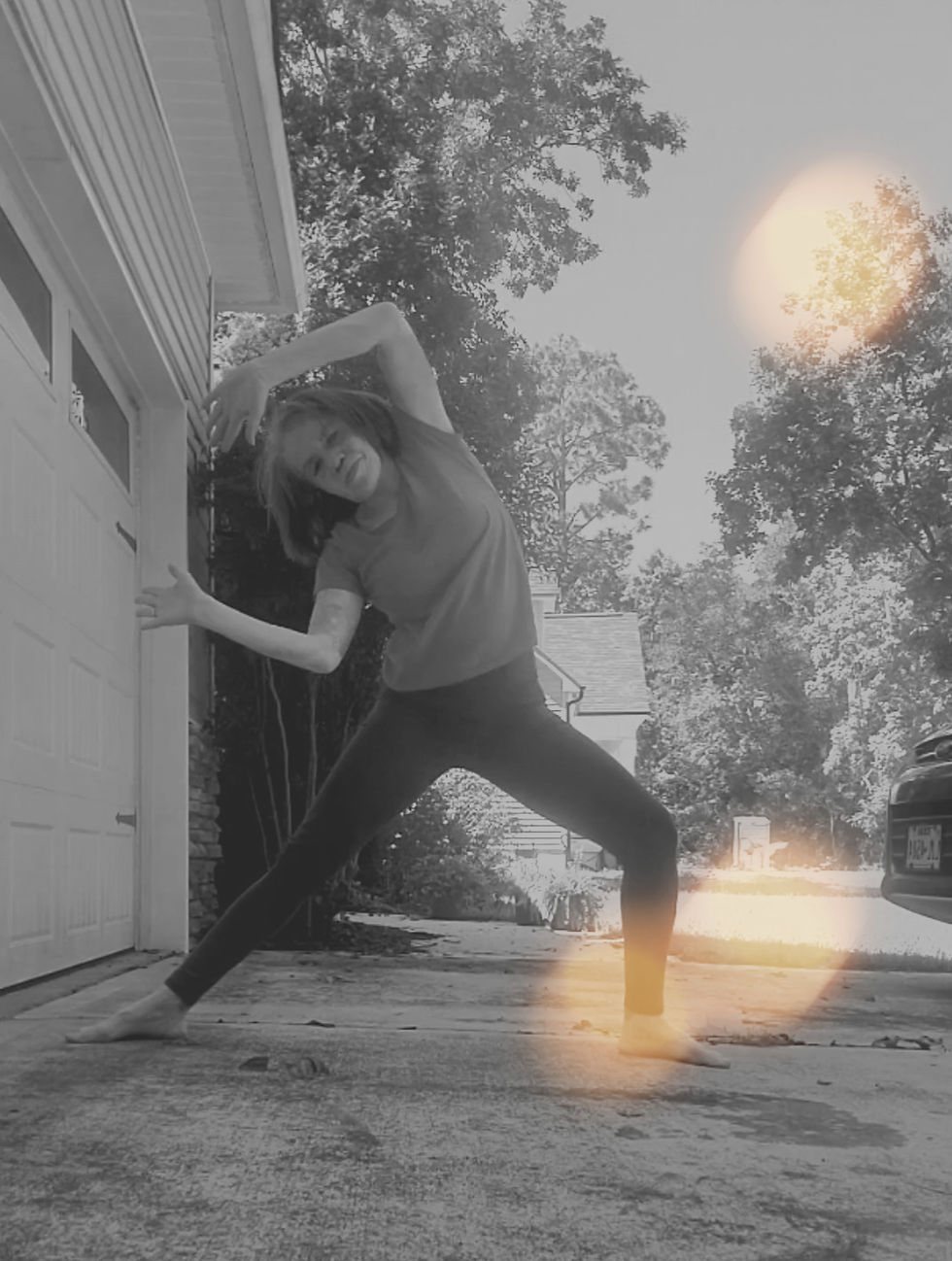Movement Matters for a Better Brain
- debradbutts
- Jan 30
- 3 min read
Updated: Apr 7

Do you have trouble remembering, concentrating, or finding the right words? How often do you lose your train of thought in the middle of a conversation or forget the name of someone you’ve known for years? How much time do you spend looking for your misplaced wallet, keys, or phone? If this happens more than you’d like to admit, there’s help. You can do something!
Our body becomes weak and unhealthy due to poor nutrition, stress, and lack of physical activity. The same is true for our brain. Stress and physical inactivity can create inflammation that affects brain tissue and increases our risk of brain disfunction, dementia, and Alzheimer’s. What’s healthy for the body is also healthy for the brain. Movement is key for both! Not all movement, however, is created equal. We’ll take a look at 3 aspects of movement that specifically help with brain health.
Complex Circular Movement
Exercises requiring linear movement, such as jumping jacks, push-ups, and running, may be challenging physically, but they’re simple, repetitive movements that don’t stimulate our brain. We use muscle memory and don’t even need to think in order to do them. The more complex circular movements of Essentrics where we bend, twist, and reach, not only increase circulation throughout the body and nourish the brain cells, but they also challenge the brain to work harder. Our brain must figure out what messages to send in order to get the rest of our body to perform these complex moves while also maintaining balance and coordination. How far can we bend and reach before we topple over? These more complex circular movements force the brain to stay engaged to figure it out.
Movement using Imagery
Movement which uses imagery challenges our brain further, causing it to activate neurons and form a mental picture. In Essentrics, we imagine washing windows, pulling weeds, pushing pianos, embracing beach balls, and lifting heavy weights. The brain not only creates a visualization of these activities but must also decipher how much strength is needed to accomplish the movement. How much do we need to contract our muscles to pull a stubborn weed in contrast to picking a beautiful flower? Again, using imagery causes the brain to make that determination.
Movement with Music
Finally, every exercise in an Essentrics workout is accompanied by music. I work hard to find the right music to meet the objective of the exercise. When movement is combined with music, it’s even more powerful, due to the way they both stimulate the brain. Listening to music can enhance the part of the brain used for thinking, planning, and decision-making. Music also increases dopamine, a feel-good hormone which acts on the brain to stimulate memories, provide feelings of pleasure, and relieve stress, as well as activate areas of the brain required for movement.
I trust I’ve convinced you that movement matters, but not all movement is equal. Complex circular movement, imagery, and music are techniques Essentrics uses to challenge our body to move in ways that rewire our brain. What’s the result? Better balance, greater agility, and improved mental health, in addition to a wonderful release of stress hormones that leaves us feeling good, with an overall sense of well-being.
I challenge you to give it a try. Then go find those keys you misplaced, and apologize to that person whose name you couldn’t remember!





Comments